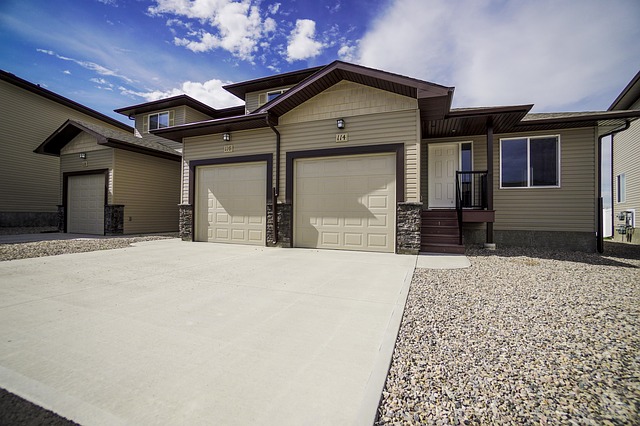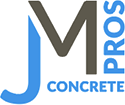
How to keep your driveway lasting longer
November 13,2023
Your driveway isn’t just a parking spot—it’s a significant feature that shapes the first impression of your property to guests and potential buyers. When well-maintained, a concrete driveway enhances your property’s curb appeal and contributes to its overall value. In terms of durability, it can withstand the weight of your vehicles and weather elements proficiently but requires care to stay in top condition.
Consider your driveway as a long-term investment. Just as you wouldn’t overlook a leaky roof or a broken window in your home, the same attention should be given to your concrete driveway. Regular maintenance extends its life and keeps it at its best.
Now, it’s crucial to acknowledge that concrete, while sturdy, isn’t impervious to damage. Exposure to heavy traffic or harsh weather conditions can contribute to wear and tear over time. Despite being stronger and more resilient than many other materials, it isn’t maintenance-free. Neglected minor issues like cracks or stains develop into significant damage. But there’s a silver lining—with proper knowledge and efforts, these problems can be averted, ensuring your driveway maintains its flawless look for many years.
